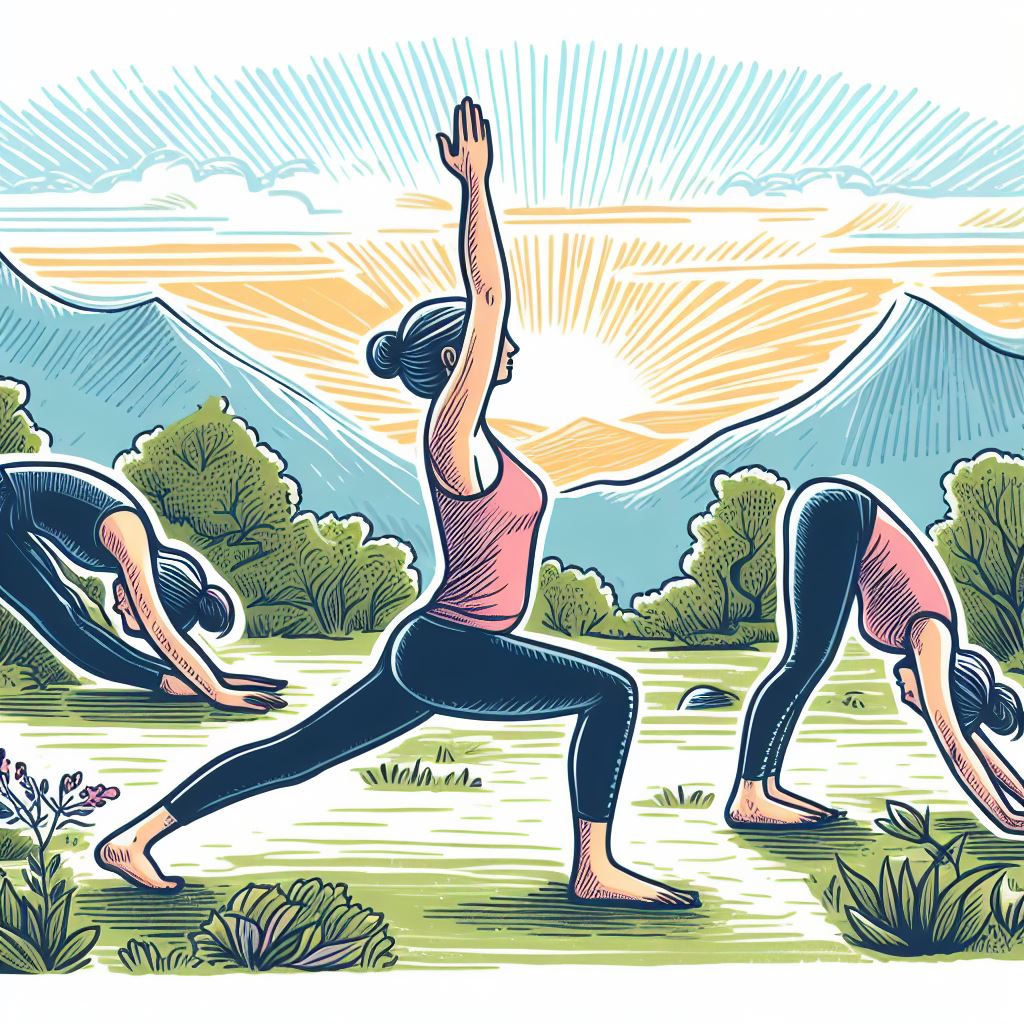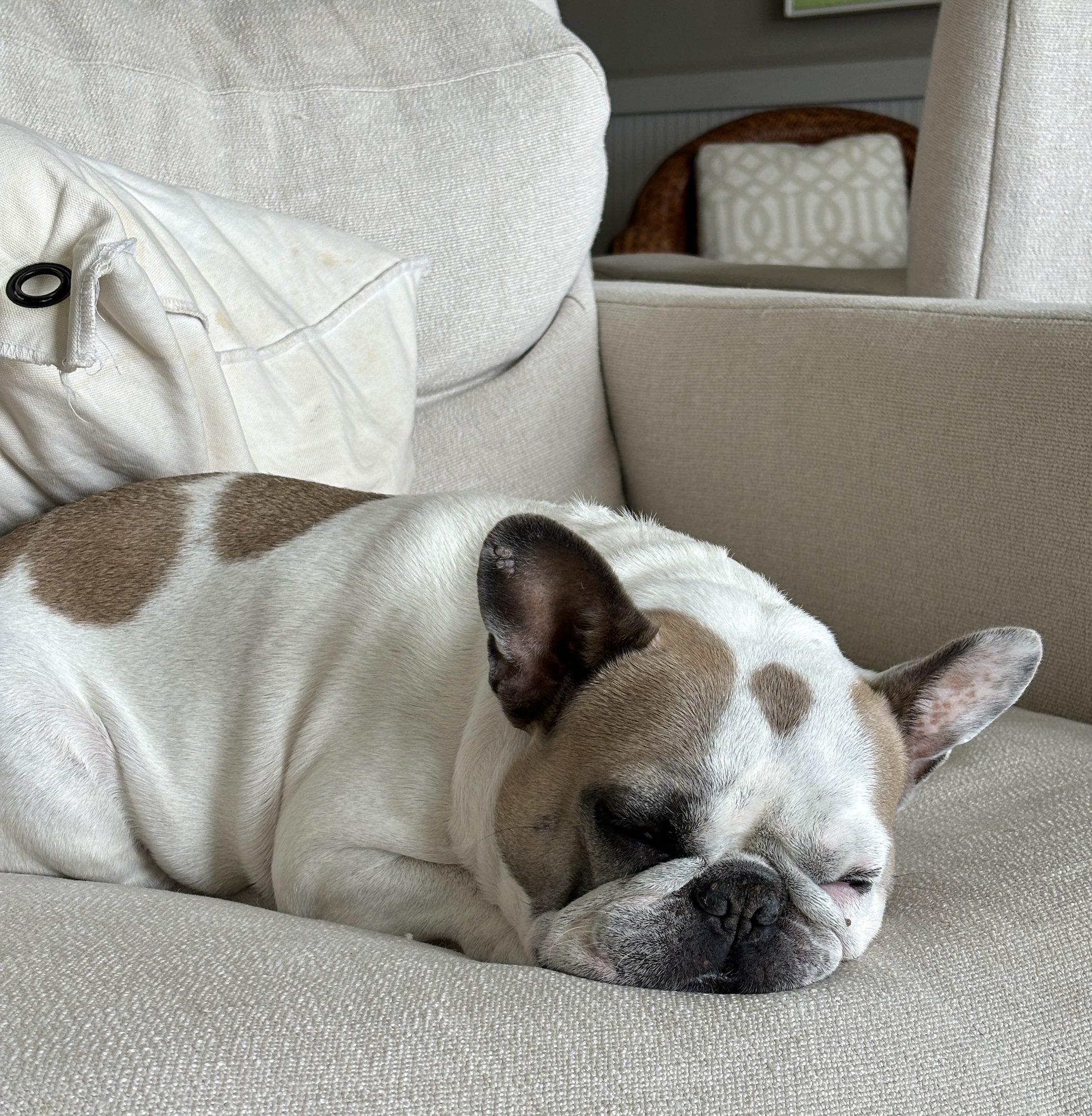Body positivity has been a major buzzword for a while now, making waves across social media, pop culture, and even in our personal lives. The idea of loving every inch of yourself, no matter the shape, size, or flaw, has empowered many people to embrace their bodies and feel confident.
But have you heard about body neutrality? It’s a newer concept that’s gaining momentum, and it’s all about accepting your body without necessarily loving or hating it.
Let’s be honest, always feeling positive about our bodies can be exhausting. Some days, you might look in the mirror and feel fabulous. Other days, not so much. That’s where body neutrality comes in. Instead of focusing on loving how your body looks, it encourages you to appreciate your body for what it does. Sounds refreshing, right?
Understanding Body Positivity
The body positivity movement has been around for decades, but it really took off in the 2010s. The core idea is simple: everyone deserves to feel good about their body, regardless of size, shape, color, or ability. This movement has roots in the fat acceptance movement of the 1960s, and it’s all about challenging societal standards of beauty and promoting self-love.
Body positivity encourages people to embrace their bodies, flaws and all. It aims to create a world where people are free from judgment and discrimination based on their appearance. Think of all the plus-size models, influencers, and celebrities who proudly flaunt their curves and stretch marks. They’re all part of this movement, showing that beauty isn’t one-size-fits-all.
However, while body positivity has done a lot of good, it’s not without its criticisms. For some, the constant push to love every part of yourself can feel unrealistic. It’s tough to always maintain a positive body image, especially when you’re dealing with societal pressures, personal insecurities, or health issues. Sometimes, the emphasis on loving your body can feel like another standard to live up to, which can be stressful and overwhelming.
And then there’s the issue of inclusivity. Despite its good intentions, body positivity has sometimes been criticized for not being inclusive enough. While it started as a movement to uplift marginalized bodies, it’s often been co-opted by brands and influencers who don’t necessarily represent those who face the most stigma and discrimination.
What is Body Neutrality?
So, what exactly is body neutrality? At its core, body neutrality is about taking a neutral stance toward your body. Instead of loving or hating it, you simply accept it as it is. This approach focuses less on appearance and more on what your body can do. It’s about recognizing that your body is just one part of who you are, not the whole story.
The idea of body neutrality emerged as a response to the pressures of body positivity. It recognizes that not everyone can or wants to feel positively about their body all the time. Body neutrality offers a more balanced and less demanding alternative. It’s okay to have days where you don’t feel great about your body, and it’s okay to have days where you do. The goal is to reduce the emotional charge around body image altogether.
A big part of body neutrality is appreciating your body for its functionality rather than its appearance. It’s about valuing what your body can do for you, whether that’s running, dancing, hugging a friend, or simply getting you through the day. This perspective can help you build a healthier relationship with your body, one that’s based on respect and acceptance rather than constant evaluation.
The rise of body neutrality is also a response to the commercialization of body positivity. With so many brands jumping on the body positivity bandwagon, the message can sometimes feel diluted or insincere. Body neutrality brings the focus back to individual experience and personal acceptance, without the pressure to conform to a particular mindset.
The Benefits of Body Neutrality
One of the biggest benefits of body neutrality is that it takes the pressure off. You don’t have to love your body every single day. You don’t have to force positive affirmations when you’re just not feeling it. Body neutrality allows you to simply be, which can be incredibly freeing.
Focusing on what your body can do, rather than how it looks, can have a profound impact on your mental health. When you shift your focus from appearance to function, you’re less likely to get caught up in negative self-talk. This can lead to a more stable and positive self-image over time. For example, instead of fixating on the size of your thighs, you can appreciate them for their strength and ability to carry you through life.
Body neutrality also promotes a healthier relationship with food and exercise. Instead of exercising to change your body’s appearance, you exercise because it feels good and it’s good for you. Instead of dieting to lose weight, you eat to nourish your body. This shift can help you develop more sustainable and enjoyable health habits.
Another benefit is that body neutrality can reduce the emotional rollercoaster associated with body image. When you’re not constantly striving to feel positive about your body, you’re less likely to experience extreme highs and lows. This can lead to a more balanced and peaceful mindset.
Adopting a body neutral perspective can also help you focus on other aspects of your life. When you’re not preoccupied with how you look, you have more mental space to focus on your interests, relationships, and goals. This can lead to a richer and more fulfilling life overall.
How to Practice Body Neutrality
Shifting to a body neutral mindset can take time and practice, but it’s definitely doable. Here are some practical tips to get you started:
First, try to be mindful of your thoughts and language. Pay attention to how you talk to yourself about your body. When you catch yourself thinking negatively, try to shift to a more neutral perspective. For example, instead of saying “I hate my stomach,” you could say “My stomach helps me digest food and keeps me alive.”
Mindfulness and self-compassion are also key. Practice being present in the moment and treating yourself with kindness. When negative thoughts about your body arise, acknowledge them without judgment and then let them go. Remember, it’s okay to have these thoughts – they don’t define you.
Focusing on health and functionality rather than appearance can also help. Think about what your body can do rather than how it looks. Celebrate your body’s abilities, whether it’s walking, stretching, lifting, or simply breathing. This shift in focus can help you appreciate your body for what it is.
Integrating body neutrality into your daily life can also involve changes in your media consumption. Be mindful of the content you’re consuming on social media and elsewhere. Follow accounts that promote body neutrality and unfollow those that make you feel bad about your body. Surrounding yourself with positive and neutral messages can help reinforce your new mindset.
Your self-care routine is another area where you can practice body neutrality. Choose activities that make you feel good and support your wellbeing. This could be anything from taking a relaxing bath to going for a walk to spending time with loved ones. The key is to focus on what feels good for you rather than what you think you should be doing.
Building a supportive environment is also important. Surround yourself with people who respect and support your journey toward body neutrality. This might mean having open and honest conversations with friends and family about your new mindset. It might also mean seeking out communities or groups that share your values.
In a world where we’re constantly bombarded with messages about how we should look, body neutrality offers a refreshing and liberating alternative. It’s all about accepting your body for what it is and focusing on what it can do, rather than how it looks. This approach can help reduce the pressure to always feel positive about your body and lead to a healthier, more balanced relationship with yourself.
Body positivity and body neutrality both have their place, and you can choose the approach that works best for you. Maybe some days you feel like celebrating your body and other days you just want to feel neutral about it. That’s okay! The important thing is to find what helps you feel the most comfortable and content in your own skin.
Overall, though, remember that the journey to self-acceptance is personal and unique. Take what works for you, leave what doesn’t, and know that you’re not alone in this journey.
















